Tired of staring at that bland, lifeless garden wall? Ready to kick your garden up a notch without breaking a sweat? Flowering creepers are the right answer to that.
Enter the world of flowering creepers, nature’s way of saying, “Hey, let’s turn this place into a lush, colorful paradise!”
These climbing beauties are here to cover your fences, pergolas, and trellises with bursts of blooms and lush greenery.
Let us talk about flowering creepers you can use to make your garden much more interesting.
1. Mandevilla (Brazilian Jasmine)
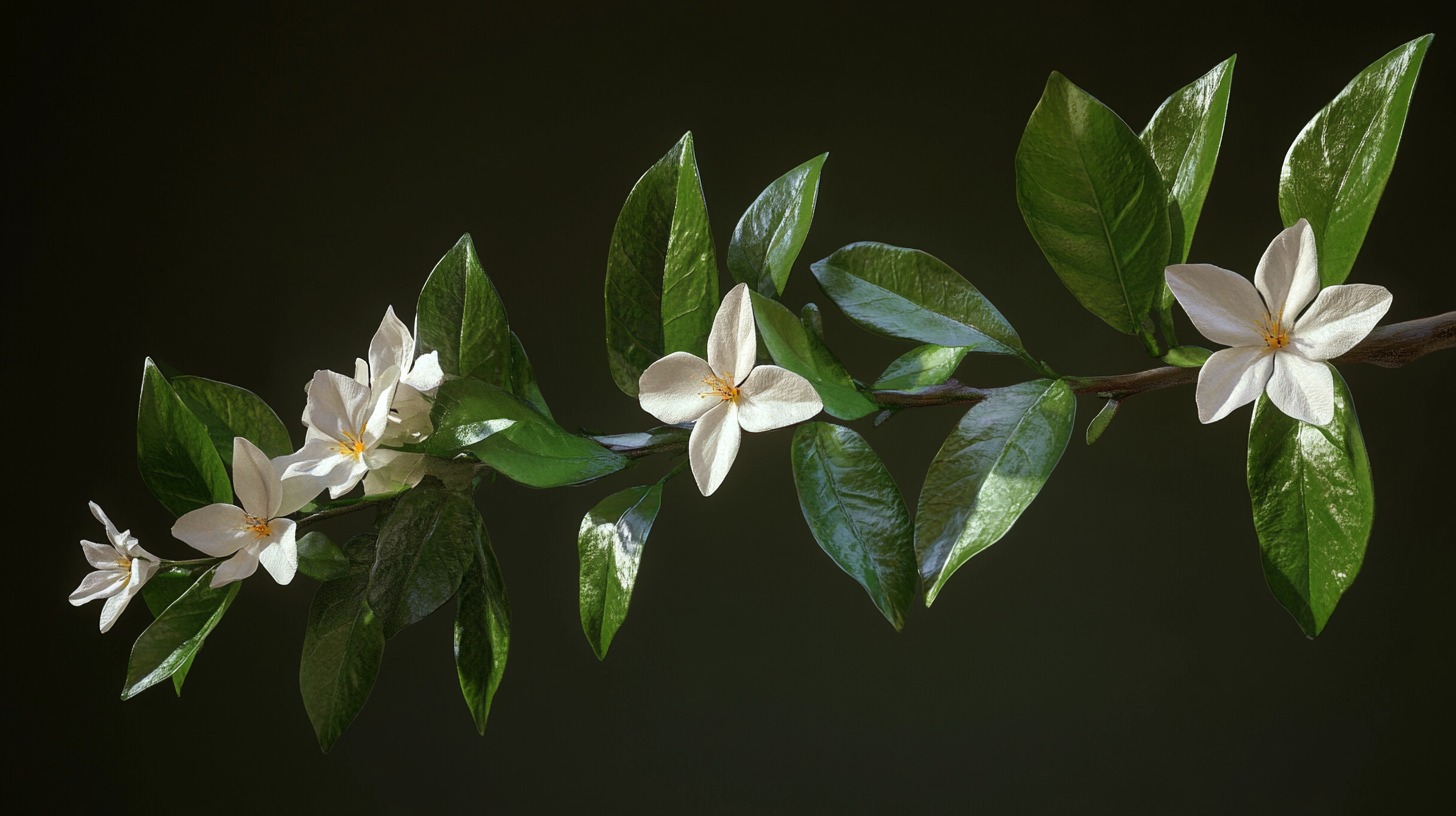
- Key characteristic: Thrives in zones 10-13, making it a year-round evergreen diva in warm climates.
Mandevilla, or as I like to call it, the garden showstopper, is here to turn heads and steal the spotlight! Known affectionately as Brazilian Jasmine, this gorgeous climber doesn’t just grow, it struts.
With its stunning trumpet-shaped blooms that burst into vibrant shades of pink, red, and sometimes white, it’s like your garden’s fireworks show, minus the loud booms.
Mandevilla is the perfect companion if you’re looking to jazz up:
- Trellises
- Patios
- Balconies
It’s like a friend who always knows how to bring life to the party. It craves full sun, loves basking in the light, and drinks up well-drained soil like a fine wine.
And the best part? It rewards you with its subtle, sweet fragrance that’ll make your garden feel like a tropical vacation spot.
Now, if you live somewhere a bit chillier, don’t despair! Just treat Mandevilla like the delicate queen she is, bring her indoors for the winter, and she’ll continue to thrive.
With a little TLC and occasional pruning to keep her looking full and lush, she’ll happily cover your fences and walls with gorgeous blooms, turning any bland space into a floral masterpiece.
2. Climbing Roses
- Key characteristic: Ideal for partial shade to full sun, adding a timeless charm.
Few things in the gardening world are as swoon-worthy as climbing roses, my favorite flowering creepers.
These beauties are like the hopeless romantics of the plant kingdom, effortlessly draping themselves over trellises, arches, and fences to create that dreamy, fairy-tale vibe we all secretly crave.
With varieties like the delicate Bourbon and the elegant Noisette, climbing roses come in a kaleidoscope of colors, think:
- Soft blush pinks
- Fiery oranges
- Deep, velvety reds
These floral charmers aren’t just a pretty face; they’re surprisingly versatile, capable of turning even the dullest garden corners into fragrant havens.
They’re happiest soaking up the sun, but they won’t throw a tantrum if you tuck them into a partly shaded spot. Just be prepared to give them a little TLC, think sturdy support and a bit of pruning to keep them looking their best.
3. Trumpet Vine (Campsis radicans)
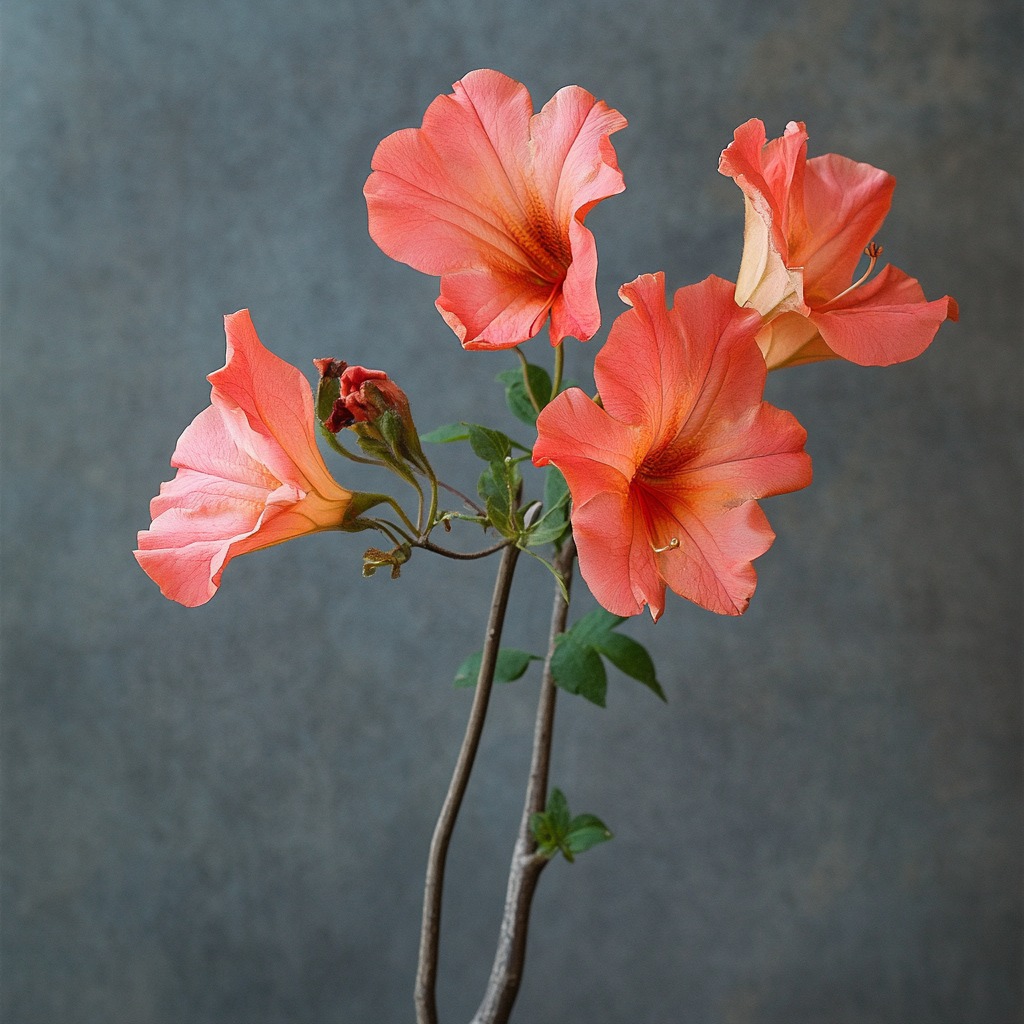
- Key characteristic: Hardy in zones 4-9 and thrives in well-drained soil.
The Trumpet Vine (Campsis radicans) is like that wild, free-spirited guest at your garden party who dances all night and refuses to leave. With its eye-catching red and orange trumpet-shaped blooms, this climber is here to put on a show.
It’s not just your neighbors who will be turning their heads, hummingbirds will be zipping in for a sip of that sweet nectar, turning your garden into a lively aerial dance floor.
But let’s be honest, this vine is no shrinking violet. It’s a vigorous grower that doesn’t believe in taking things slow.
Plant it in full sun for best results, but it’s chill enough to tolerate a bit of shade too. Just be ready with your pruners, because once it gets going, it can easily take over any fence, wall, or trellis you give it.
If you’re the kind of gardener who loves a bold, fast-growing, no-fuss plant that packs a punch, the Trumpet Vine is your new best friend.
4. Star Jasmine (Trachelospermum jasminoides)
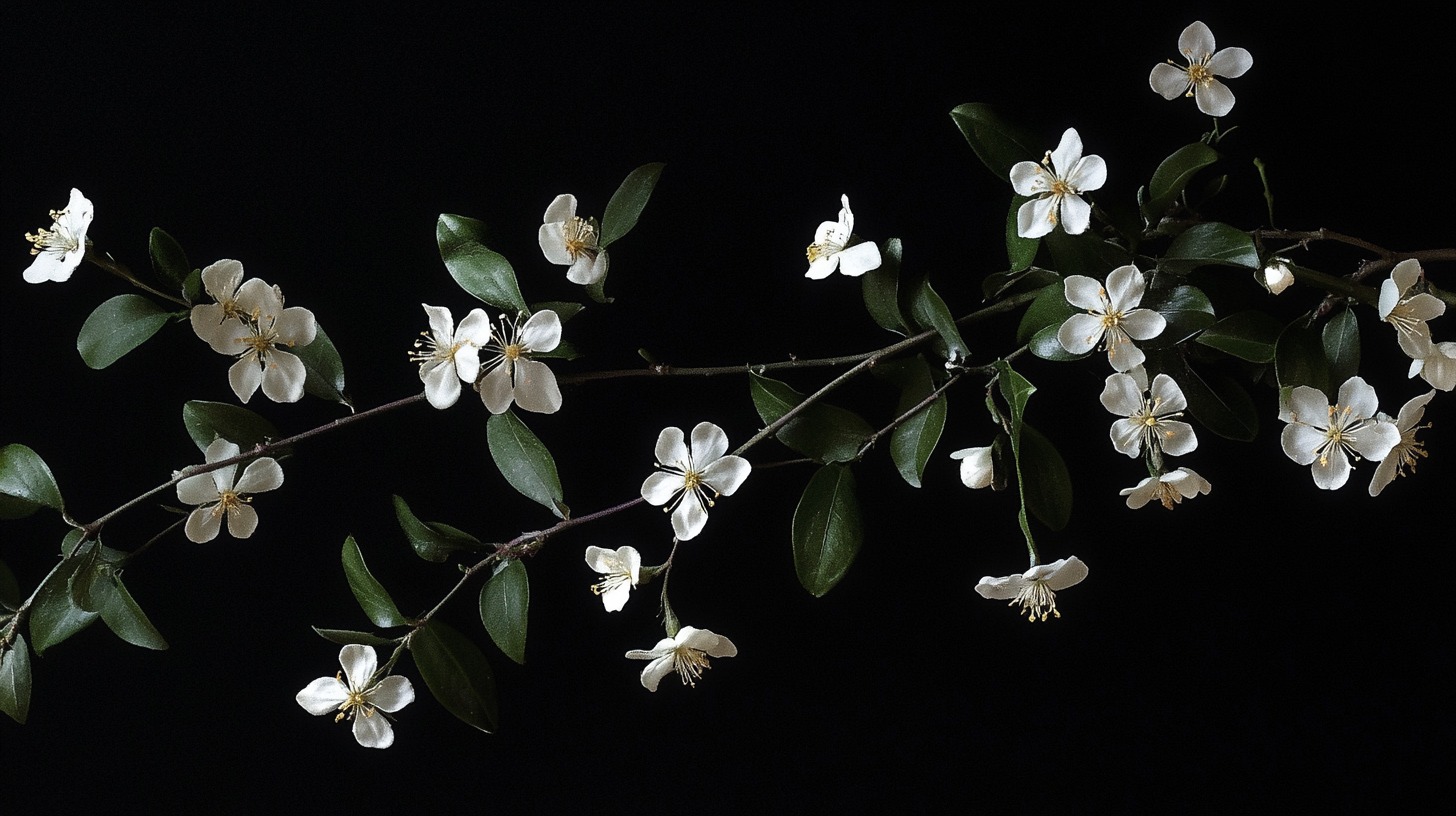
- Key characteristic: Perfect for full sun to partial shade, great for walls and pergolas.
Star Jasmine is like that charming friend who smells amazing and always shows up looking great, no matter the season. This twining climber is known for its clusters of delicate, star-shaped white flowers that seem to sparkle in the garden.
But it’s not just a pretty face, Star Jasmine pulls double duty with its evergreen leaves that turn a warm, bronze-red in the fall, ensuring your garden stays interesting year-round.
Looking to cover that drab fence or turn your pergola into a lush, fragrant escape? Star Jasmine has you covered, literally.
It’s an easy-going plant that doesn’t demand much, making it perfect for busy gardeners who just want their outdoor space to look good without all the hassle.
Once established, it’s pretty drought-tolerant, so it won’t throw a fit if you forget to water it now and then.
5. Clematis
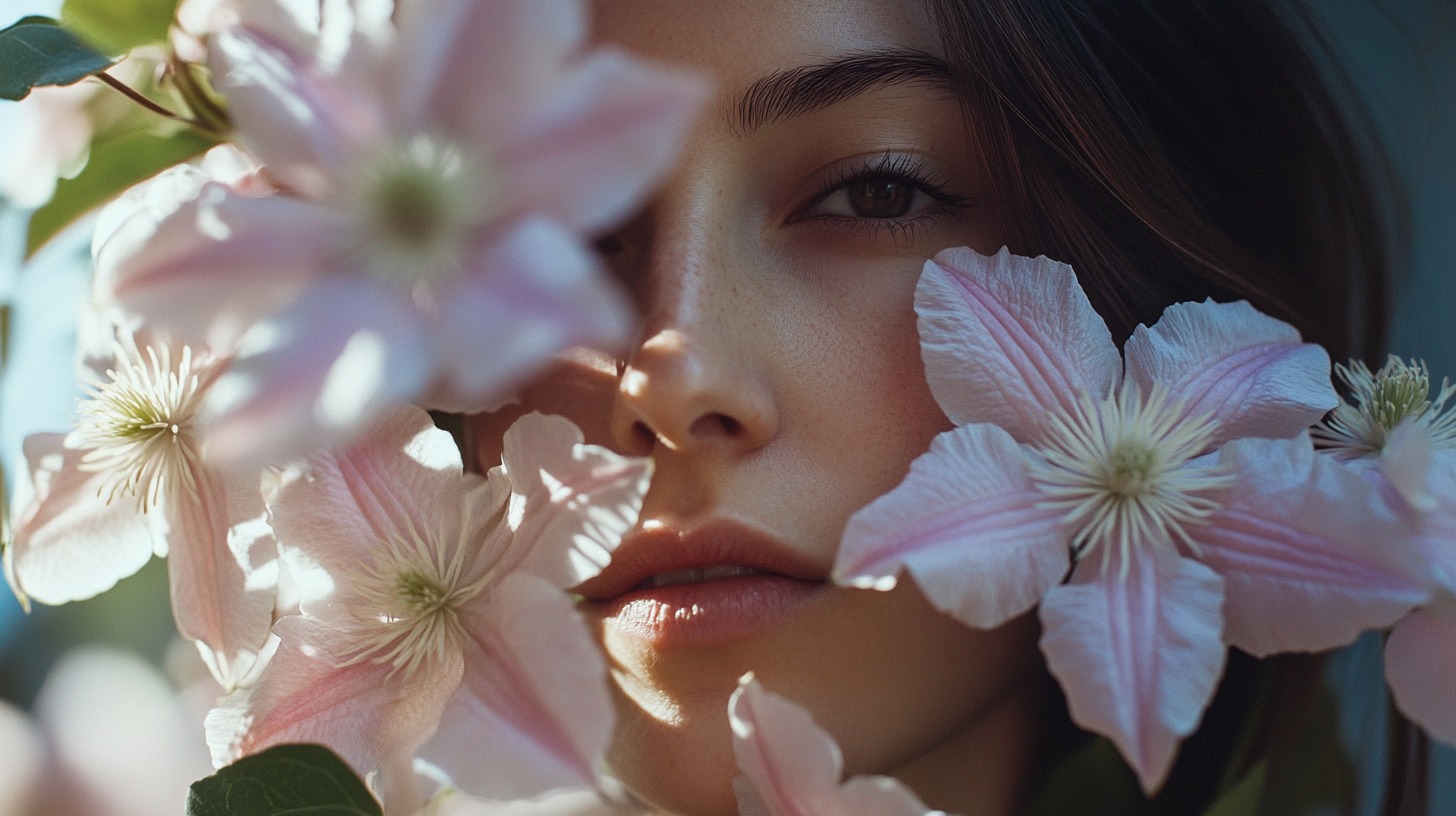
- Key characteristic: Thrives in partially shaded areas, perfect for Mediterranean-style gardens.
If your garden’s looking a little drab, clematis is like that friend who shows up at your party with a disco ball, instantly bringing the energy.
These gorgeous climbers are adored by gardeners everywhere for their ability to produce bold, colorful blooms that brighten even the dullest of corners.
With varieties like the deep-purple ‘Etoile Violette’ and soft pink ‘Nelly Moser,’ you can find just the right hue to match your garden’s vibe.
One of the coolest things about clematis is that it’s a bit of a diva, it wants its “feet” cool and its “head” in the sun.
That means you can plant it at the base of a tree or tall shrub to give its roots some shade, while the vines reach for the light. And talk about versatility! Whether you’re draping it over a trellis, letting it wind around a fence, or even spilling out of a container, clematis knows how to work a garden space like a pro.
Just give it a little love (and the occasional prune), and it’ll reward you with a dazzling display season after season.
6. Black-eyed Susan Vine (Thunbergia alata)
- Key characteristic: Rapid growth, ideal for covering trellises and fences in a single season.
If your garden is feeling a bit too dull for your liking, the Black-eyed Susan Vine is here to save the day! This cheerful, sun-loving climber is like the garden party guest that never runs out of energy.
With its bright yellow or orange petals and striking dark centers (yes, those “eyes” are always watching), it’ll bloom non-stop all season long, giving your garden a much-needed pop of color.
The best part? This vine is as low-maintenance as they come. Plant it in a sunny spot, water it occasionally, and watch it take off. It quickly climbs to 6-8 feet in just one season, making it perfect for impatient gardeners who crave instant gratification.
The Black-eyed Susan Vine is all about transforming your garden into a vibrant, blooming oasis—no green thumb required!
7. Bougainvillea
- Key characteristic: Requires minimal watering once established, great for hot, dry areas.
Looking for a plant that’s tougher than your neighbor’s over-watered succulents? Bougainvillea is here to prove that beauty and resilience can go hand in hand.
Known for its eye-popping bracts in vibrant shades of magenta, orange, and white, this climber doesn’t just survive in hot climates, it thrives.
It’s like the party guest that’s still dancing long after everyone else has wilted.
Perfect for those sweltering summers in places like Texas or Florida, Bougainvillea is the definition of low-maintenance glamour.
Just give it a sunny spot, minimal watering, and a sturdy support to cling to, and it’ll reward you with a cascade of color. Its woody stems mean it’s no delicate flower. This is one tough cookie that can handle the heat.
8. Honeysuckle
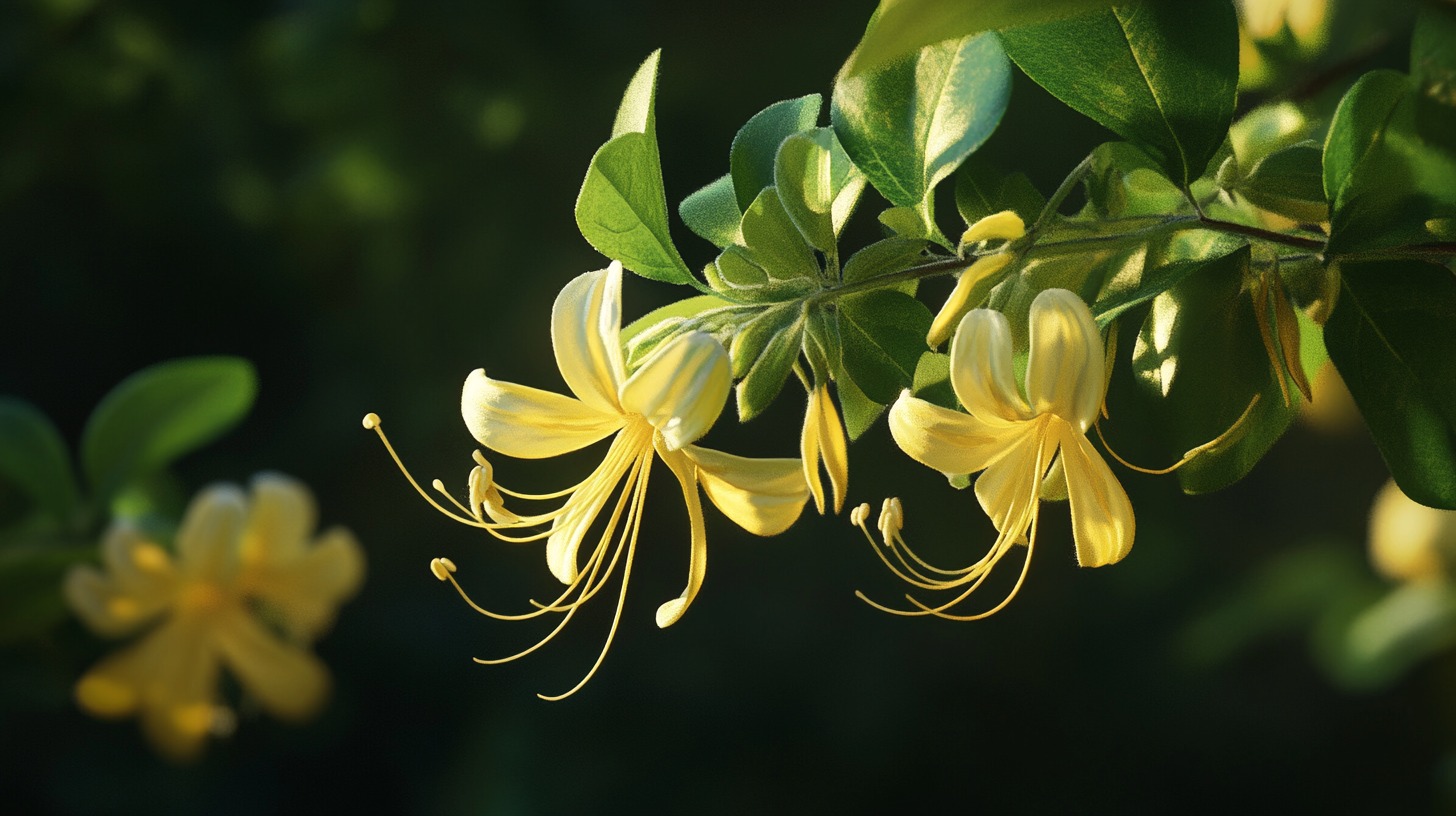
- Key characteristic: Suitable for partial to moderate shade, perfect for climbing walls.
Honeysuckle is like that charming friend who effortlessly brightens any room, except in this case, it’s your garden!
With its sweetly fragrant, tubular flowers, honeysuckle is a magnet for pollinators like bees and butterflies, bringing a flurry of activity to your outdoor space.
The blooms come in a palette of creamy yellows, soft pinks, and deep reds, adding a splash of color that just keeps on giving.
One of the best things about honeysuckle? It’s a speedy climber!
9. Grape Vines (Vitis vinifera)
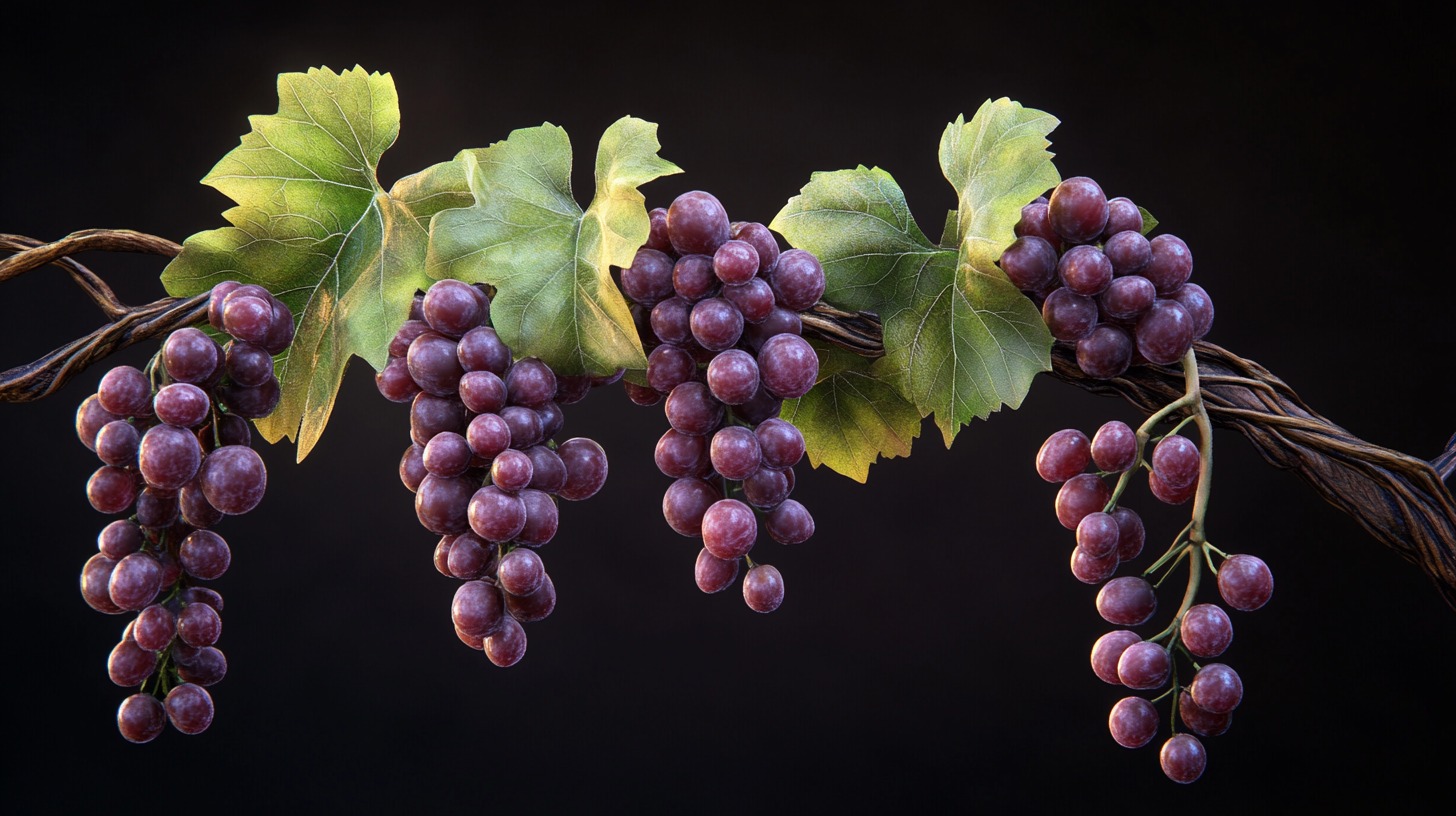
- Key characteristic: Requires regular pruning for optimal fruit production.
Grape vines are the overachievers of the garden world, they don’t just look good, they bring snacks too!
These flowering creepers are perfect for anyone who dreams of plucking juicy, sun-ripened grapes straight from the vine.
But fair warning: they’re not the type to sit quietly in a corner. These vigorous growers need a sunny, warm spot to bask in and sturdy support to climb on, think trellises, arbors, or even that bare wall you’ve been meaning to spruce up.
And don’t get too comfortable; they do require a bit of attention in the form of regular pruning. Neglect that, and you’ll end up with a wild jungle instead of an orderly vineyard.
With a little TLC, though, these plants will reward you with lush foliage, delicious fruit, and the satisfaction of a garden that’s both beautiful and bountiful.
10. Climbing Hydrangea
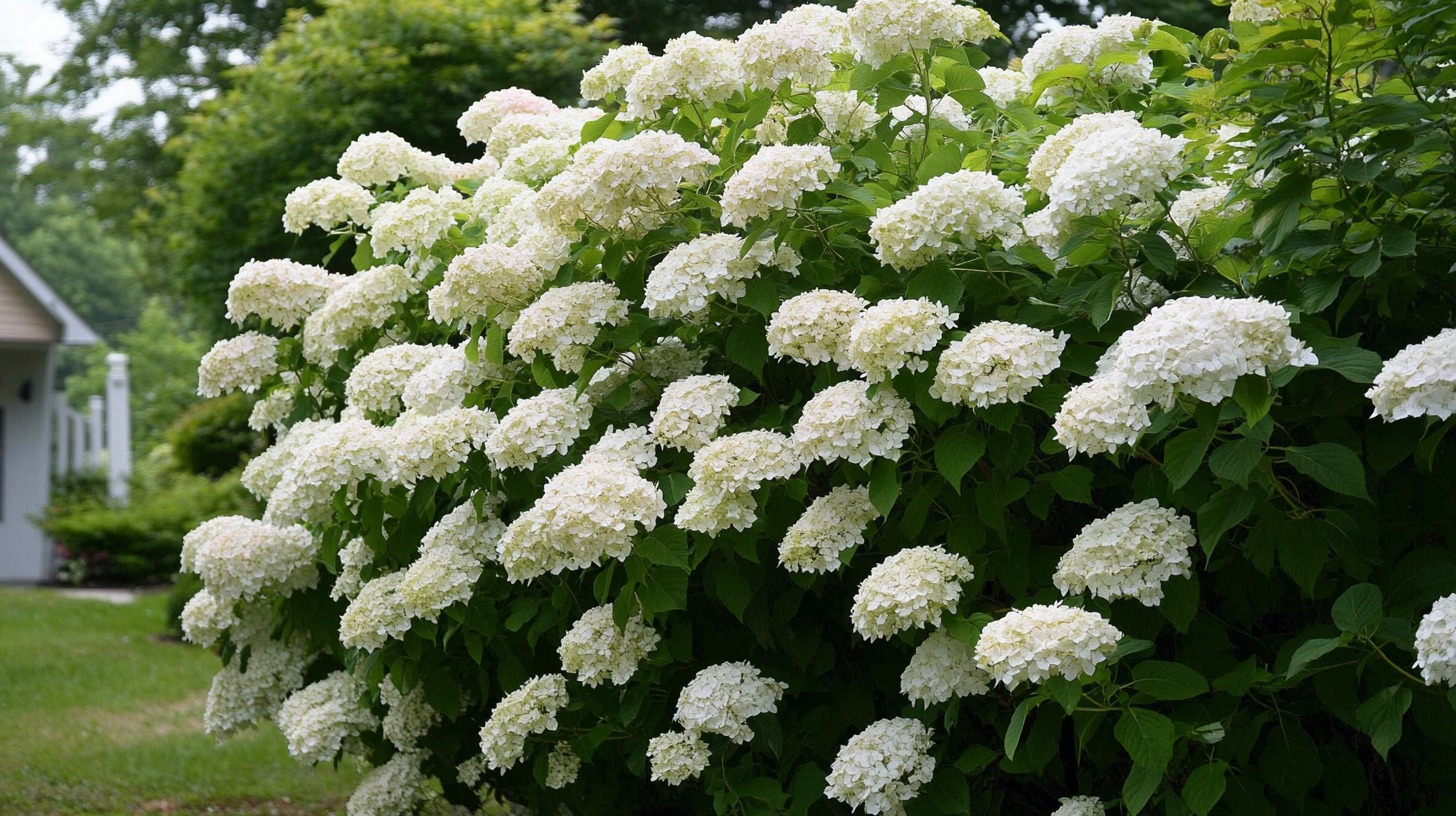
- Key characteristic: Thrives in partial to full shade, adding texture to garden structures.
If you’re looking for a creeper with an air of sophistication, the Climbing Hydrangea is your new best friend among the flowering creepers. This self-clinging climber drapes over walls like it was born to bring elegance to your garden.
Imagine clusters of delicate, lace-cap flowers making their grand appearance each summer, adding a touch of romance to those shaded corners.
What’s great about the Climbing Hydrangea is that it doesn’t need much coaxing to do its thing. It’s happy to cling on by itself, wrapping its way around walls, fences, and trellises with minimal fuss.
And it’s not just a fair-weather friend, its exfoliating bark provides striking visual interest even in the depths of winter.
This slow-but-steady grower is perfect for those tricky north-facing spots where other plants throw in the towel.
11. Virginia Creeper
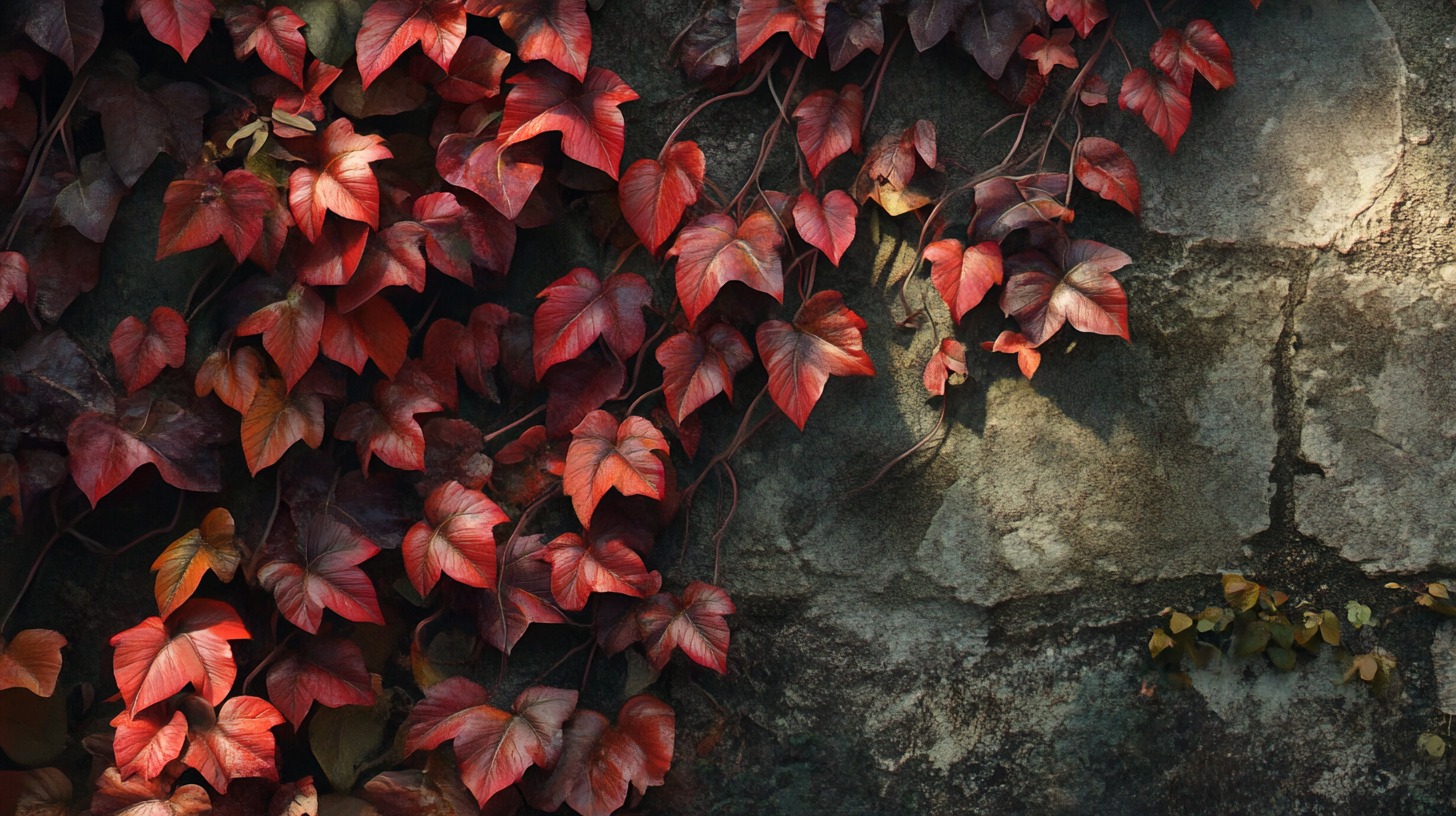
- Key characteristic: Tolerates moderate shade, ideal for creating seasonal interest.
Virginia Creeper is like that friend who starts out chill but shows up to the party in a jaw-dropping outfit.
It is one of those flowering creepers that may seem unassuming during spring and summer, but come autumn, it steals the show with its fiery red foliage, instantly turning any dull wall or fence into a dramatic masterpiece.
If you’re looking to add a touch of fall flair without all the hassle, Virginia Creeper is your go-to.
But don’t let its good looks fool you, this plant isn’t high maintenance. It’s self-clinging, which means it’ll happily take over your walls, trellises, or even that unsightly shed without needing much attention from you. Just plant it and let it do its thing!
Beyond its colorful display, this creeper produces tiny flowers that, while easy to overlook, give way to small berries.
These berries are a magnet for birds, so expect your garden to get busier with feathered visitors come late summer. It’s the perfect climber for those who want to add vibrant, seasonal color while also attracting a bit of wildlife.
12. Passionflower (Passiflora)
- Key characteristic: Fast-growing and ideal for sunny pergolas and trellises.
If you’re looking for a plant that’s both a show-off and a workhorse, Passionflower is your pick! Passionflower is known for its jaw-dropping, exotic blooms that almost look like they belong on another planet.
With intricate petals, tendrils that curl like they’ve had one too many espressos, and colors that range from deep purples to vibrant reds, the Passionflower is a true star.
This plant brings in the crowd favorites: bees, butterflies, and even the occasional hummingbird, all drawn to its intoxicating scent.
Perfect for creating a Mediterranean feel, it thrives best in full sun and well-drained soil. Don’t be surprised if your neighbors start peeking over the fence just to catch a glimpse of this beauty.
13. Chile Lantern Tree
- Key characteristic: Grows well in temperate Mediterranean climates, and thrives in partial shade.
Looking to add a bit of mystery and flair to your garden? The Chile Lantern Tree might just be your new favorite companion.
With its striking, lantern-like crimson blooms, this climber brings an exotic, almost magical vibe to your outdoor space. It’s like having tiny glowing lanterns suspended amidst the greenery, turning those once-forgotten shady corners into star attractions.
The Chile Lantern Tree is an excellent choice if you’re tired of the usual suspects and want something that will make your neighbors do a double-take. It’s a great way to introduce height, drama, and vibrant pops of color to your garden, especially if you’re working with limited sunlight.
And the best part? This beauty is fairly low maintenance, once it’s happy in its spot, it doesn’t ask for much.
Give it some well-drained soil, and a bit of shade, and let it work its magic, transforming your garden into a hidden oasis with minimal fuss.
The Bottom Line
Flowering creepers are like nature’s own magic wands for gardens, instantly turning any dull corner into a lush, fragrant oasis.
Just picture it: a wall once bare now bursting with vibrant blooms, or a fence transformed into a tapestry of cascading greens and colors.
Flowering creepers don’t just add color—they create an atmosphere, bringing life, scent, and texture to spaces that might otherwise go unnoticed.
And the best part? They’re the ultimate multitaskers: shading your patio, perfuming the air, and providing privacy all at once.
So, if your garden’s been crying out for a makeover, it’s time to let these botanical superheroes swoop in and save the day!

